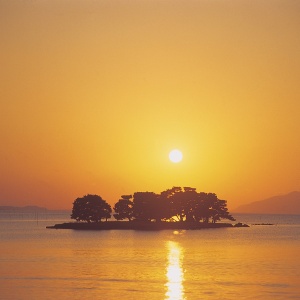
This paper finds that neonicotinoid use in rice paddies surrounding Lake Shinji in Japan was followed by a collapse in the fishery yields of smelt and eel, likely due to neonicotinoids reducing the abundance of zooplankton on which smelt and eels feed. The paper suggests that similar fishery yields decreases in lake across Japan could be linked to neonicotinoid use.
Abstract
Invertebrate declines are widespread in terrestrial ecosystems, and pesticide use is often cited as a causal factor. Here, we report that aquatic systems are threatened by the high toxicity and persistence of neonicotinoid insecticides. These effects cascade to higher trophic levels by altering food web structure and dynamics, affecting higher-level consumers. Using data on zooplankton, water quality, and annual fishery yields of eel and smelt, we show that neonicotinoid application to watersheds since 1993 coincided with an 83% decrease in average zooplankton biomass in spring, causing the smelt harvest to collapse from 240 to 22 tons in Lake Shinji, Shimane Prefecture, Japan. This disruption likely also occurs elsewhere, as neonicotinoids are currently the most widely used class of insecticides globally.
Reference
Yamamuro, M., Komuro, T., Kamiya, H., Kato, T., Hasegawa, H. and Kameda, Y., 2019. Neonicotinoids disrupt aquatic food webs and decrease fishery yields. Science, 366(6465), pp.620-623.
Read the full paper here. See also the Foodsource resource How do food systems contribute to water pollution?







Post a new comment »